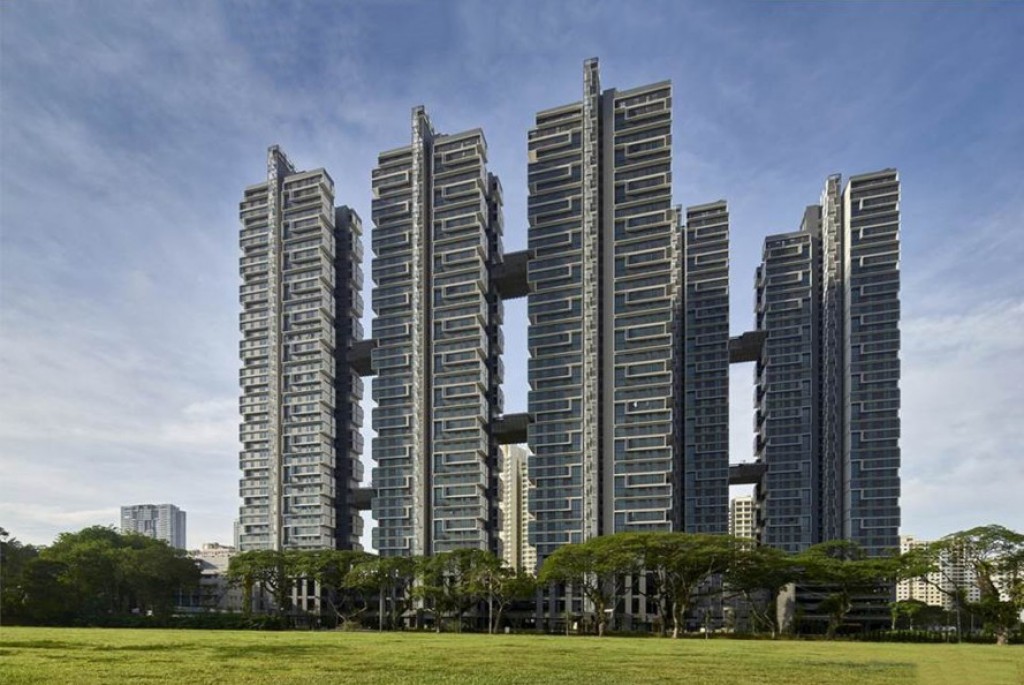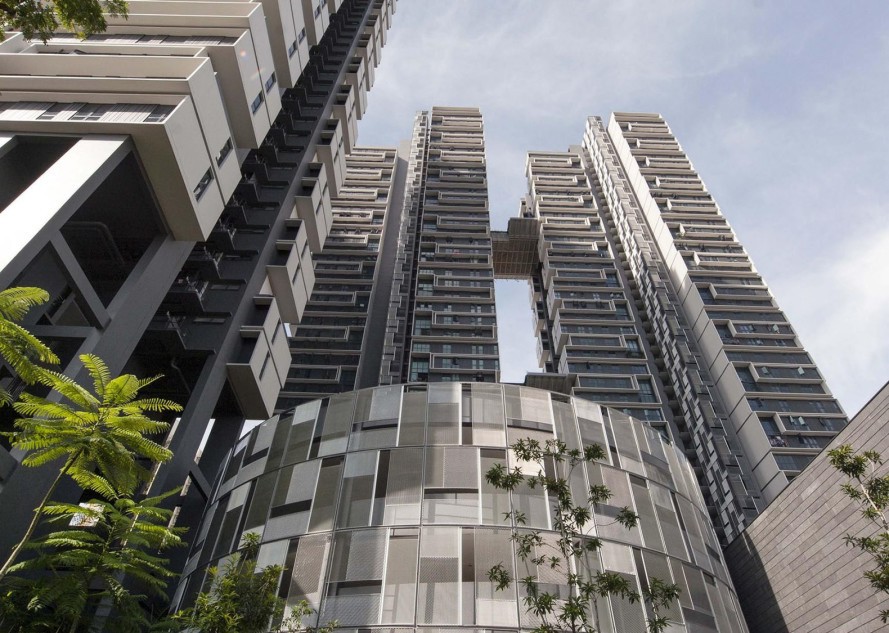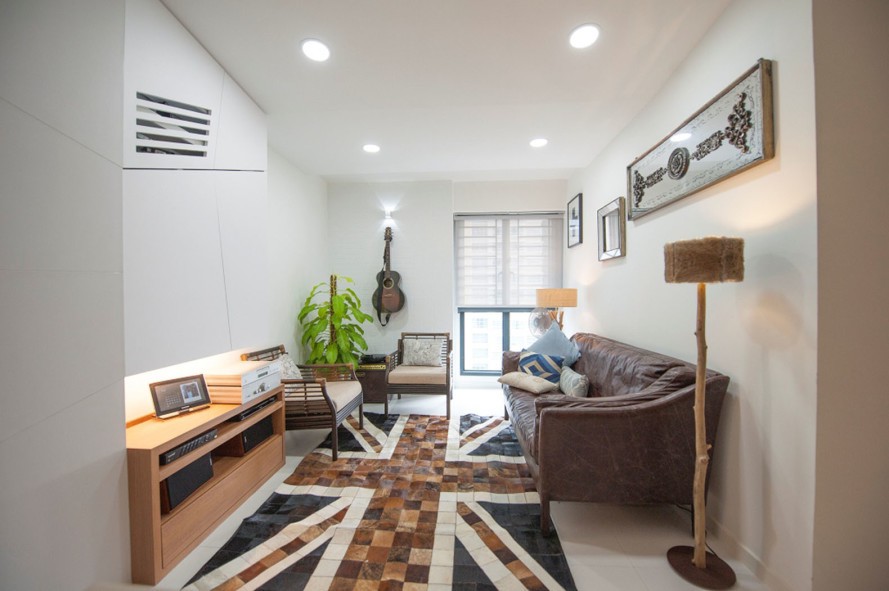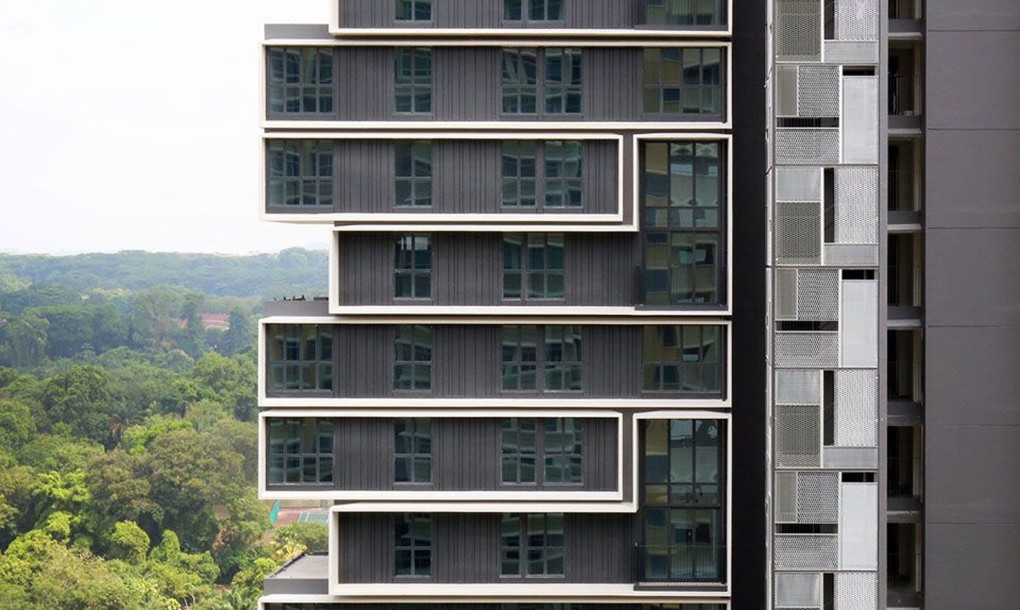RECOMMENDED VIDEOS

Composite Timber
WPCC MALAYSIA SDN BHD

Integrated Outdoor Solar LED Street Lights
CHK Lighting Co., Ltd

Flowcrete - Hygienic Flooring for the Food and Drink Industry
Flowcrete Group Plc

Cellulose Insulation
TCL Resources Sdn Bhd

BerryAlloc Luxury Vinyl Tiles Planks in Indonesia by Tawada…
Tawada CleanTech
Related Stories
‘House of Trash’ proves how waste can transform into beautiful home design
Whimsical park built of recycled materials pops up in Shanghai
Elevated bamboo peace bridge for the Korean Demilitarized Zone unveiled by Shigeru Ban and Jae-Eun Choi
Colossal cardboard temple pops up in Chiang Mai in just one day
“Cannabis walls” add warmth to this eco-friendly home in Israel
23 Dec, 2015

Singapore’s Solar-Powered Sky Terrace Residential Towers Combine All the Best of Green Living
Green Building Materials, Construction & Design | SINGAPORE | 18 Dec, 2015
Published by : Ecotechtube

The project was prompted by a huge population increase and a strong need for public housing. Part of a build-to-order development located near the city center, Sky Terrace houses naturally ventilated apartments distributed across five 40- to 43-story high residential blocks connected with a four-story carpark podium. Vegetated bridges connect the blocks and, together with roof gardens and sky villages, create a wide array of communal spaces. Children’s playgrounds, elderly and adult fitness stations and an outdoor amphitheater encourage inter-generational socialization. Multi-generational loft units are combined with studio apartments, mixing users of different ages and social standing and allowing young families to stay close to their parents.

One occupant is Mr Lester Goh, who lives in one of the three-bedroom apartments. His experience as a resident confirms the efficiency of passive design strategies deployed by the designers when it comes to ventilation and daylighting. “On the warmest days in tropical Singapore, I have experienced micro air movements within the apartment,” said Goh. “Clothes drying yards and racks are provided as a natural means of drying your clothes, sheets and towels using natural wind, thus saving on electric dryers. Bathroom windows are large, unlike most public housing, and this reduces mold buildup and brings light and air into the bathrooms,” he added.

Goh customized the interior of the apartment by removing some of the partitions and using natural materials which complement the general design of the building. Through several interventions and carefully designed details, the owner managed to create a toddler-friendly living space that doubles as a casual music studio where he can practice his guitar.

In addition to passive design principles, the project boosts active sustainable technologies such as photovoltaics, rainwater harvesting and drop irrigation. The project in its entirety reflects SCDA’s approach to incorporating nature and sustainability into building design, as well as the city’s commitment to encouraging projects that bring residential architecture to next level.


Original Article from:Inhabitat
